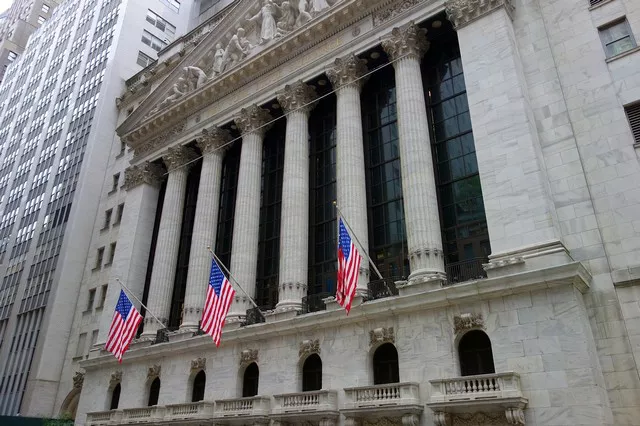Futures markets are dynamic arenas where traders engage in buying and selling contracts based on the future price of various assets, including commodities, currencies, and financial instruments. One critical aspect of futures trading is understanding how often futures contracts are priced. In this article, we will explore the frequency of futures pricing, the factors that influence pricing intervals, and the significance of pricing frequency for traders and investors in futures markets.
The Frequency of Futures Pricing
Futures contracts are priced continuously throughout the trading day, reflecting changes in supply and demand dynamics, investor sentiment, and fundamental factors affecting the underlying assets. Unlike other financial instruments such as stocks or bonds, which may be priced intermittently or at the close of trading, futures contracts are marked to market multiple times throughout the trading session. This continuous pricing ensures that futures prices accurately reflect current market conditions, providing traders and investors with real-time information and opportunities to adjust their positions accordingly.
Factors Influencing Pricing Frequency
Several factors influence the frequency of futures pricing, including market liquidity, trading volume, technological infrastructure, and regulatory requirements. High-liquidity futures contracts with active trading activity are typically priced more frequently than contracts with lower liquidity, as there are more buyers and sellers available to execute trades and establish market prices. Additionally, advancements in technology, such as electronic trading platforms and algorithmic trading systems, have enabled faster and more efficient price discovery, leading to increased pricing frequency in futures markets.
Regulatory requirements also play a role in determining pricing frequency, as exchanges and regulatory authorities may mandate specific rules and procedures for pricing and reporting futures contracts. For example, exchanges may require that futures prices be updated at regular intervals throughout the trading day to ensure transparency and fairness in pricing. Similarly, regulatory authorities may require that futures prices be reported promptly and accurately to facilitate market surveillance and oversight.
See Also: What is the symbol for the futures spread?
The Significance of Pricing Frequency for Traders and Investors
The frequency of futures pricing is significant for traders and investors in several ways. First and foremost, frequent pricing allows traders to access real-time market information and make informed trading decisions based on current prices and market conditions. By monitoring futures prices continuously throughout the trading session, traders can identify trends, patterns, and trading opportunities, enabling them to execute trades with precision and agility.
Moreover, frequent pricing contributes to market transparency and efficiency by ensuring that futures prices accurately reflect supply and demand dynamics and investor sentiment. This transparency enhances market integrity and confidence, attracting liquidity providers, arbitrageurs, and speculators to futures markets and reducing price volatility. Additionally, frequent pricing facilitates risk management and portfolio optimization for traders and investors, enabling them to adjust their positions in response to changing market conditions and mitigate the risk of significant losses.
Implications for Trading Strategies
The frequency of futures pricing has implications for various trading strategies employed by traders and investors in futures markets. High-frequency trading (HFT) strategies, for example, rely on rapid execution and arbitrage opportunities based on real-time price fluctuations in futures contracts. HFT firms use sophisticated algorithms and trading algorithms to capitalize on small price differentials and exploit market inefficiencies, often executing trades within milliseconds or microseconds.
On the other hand, longer-term trading strategies may focus on fundamental analysis, technical indicators, and macroeconomic factors to identify trends and patterns in futures prices over time. These strategies may involve holding positions for days, weeks, or months, rather than seconds or minutes, and require a thorough understanding of market fundamentals and economic trends. Regardless of the trading strategy employed, the frequency of futures pricing provides valuable information and opportunities for traders to capitalize on market inefficiencies and profit from price movements.
Conclusion
In conclusion, the frequency of futures pricing plays a crucial role in the functioning and efficiency of futures markets. Futures contracts are priced continuously throughout the trading day, reflecting changes in supply and demand dynamics, investor sentiment, and fundamental factors affecting the underlying assets. Factors such as market liquidity, trading volume, technological infrastructure, and regulatory requirements influence pricing frequency in futures markets, with high-liquidity contracts typically priced more frequently than contracts with lower liquidity.
For traders and investors, frequent pricing provides real-time market information, transparency, and opportunities to adjust positions based on current prices and market conditions. Whether employing high-frequency trading strategies or longer-term investment approaches, traders can benefit from the availability of real-time futures prices to execute trades with precision, agility, and confidence. Ultimately, the frequency of futures pricing contributes to market integrity, efficiency, and liquidity, fostering a dynamic and vibrant marketplace for participants to engage in futures trading.


